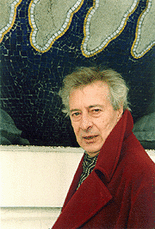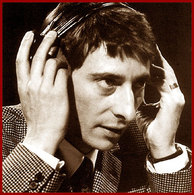
Luc Ferrari is known as a famous electronic music pioneer. From 1959 to 1960, he was the director of the Groupe de Recherches Musicales. He has also worked with Pierre Schaeffer, who introduced the term ‘musique concrète’.
Schaeffer proposes that a sound should be identified by its morphology. By this he implied that a sound should be known by the way its structure has evolved in time. His ‘Traité des Objets Musicaux’ (Treatise on Musical Objects), which was published in 1966, included an arrangement of sounds which he addressed as ‘Solfège’, a term which indicates a scale of sounds rather than musical notes. Moreover, when Ferrari worked with the Groupe de Recherche Musicale, he adopted the basic concepts and ideas of musique concrète.
His piece “Presque Rien ou le lever du Jour au Bord de la Mer” is regarded as a composition which shows the break with the practises of classical electro acoustics. Moreover, the narration is one of the main features of the Presque Rien. This piece is not in its strictest sense created to impart a story, rather it aimed to make obvious the time by insinuating that something happens in a place.
Ferrari has been for a long period of time convinced that beauty is a concept of the past, and that beauty is like a shallow and redundant attribute. However, he altered this contention and said that people should be concerned with this attribute.
Schaeffer proposes that a sound should be identified by its morphology. By this he implied that a sound should be known by the way its structure has evolved in time. His ‘Traité des Objets Musicaux’ (Treatise on Musical Objects), which was published in 1966, included an arrangement of sounds which he addressed as ‘Solfège’, a term which indicates a scale of sounds rather than musical notes. Moreover, when Ferrari worked with the Groupe de Recherche Musicale, he adopted the basic concepts and ideas of musique concrète.
His piece “Presque Rien ou le lever du Jour au Bord de la Mer” is regarded as a composition which shows the break with the practises of classical electro acoustics. Moreover, the narration is one of the main features of the Presque Rien. This piece is not in its strictest sense created to impart a story, rather it aimed to make obvious the time by insinuating that something happens in a place.
Ferrari has been for a long period of time convinced that beauty is a concept of the past, and that beauty is like a shallow and redundant attribute. However, he altered this contention and said that people should be concerned with this attribute.

 RSS Feed
RSS Feed